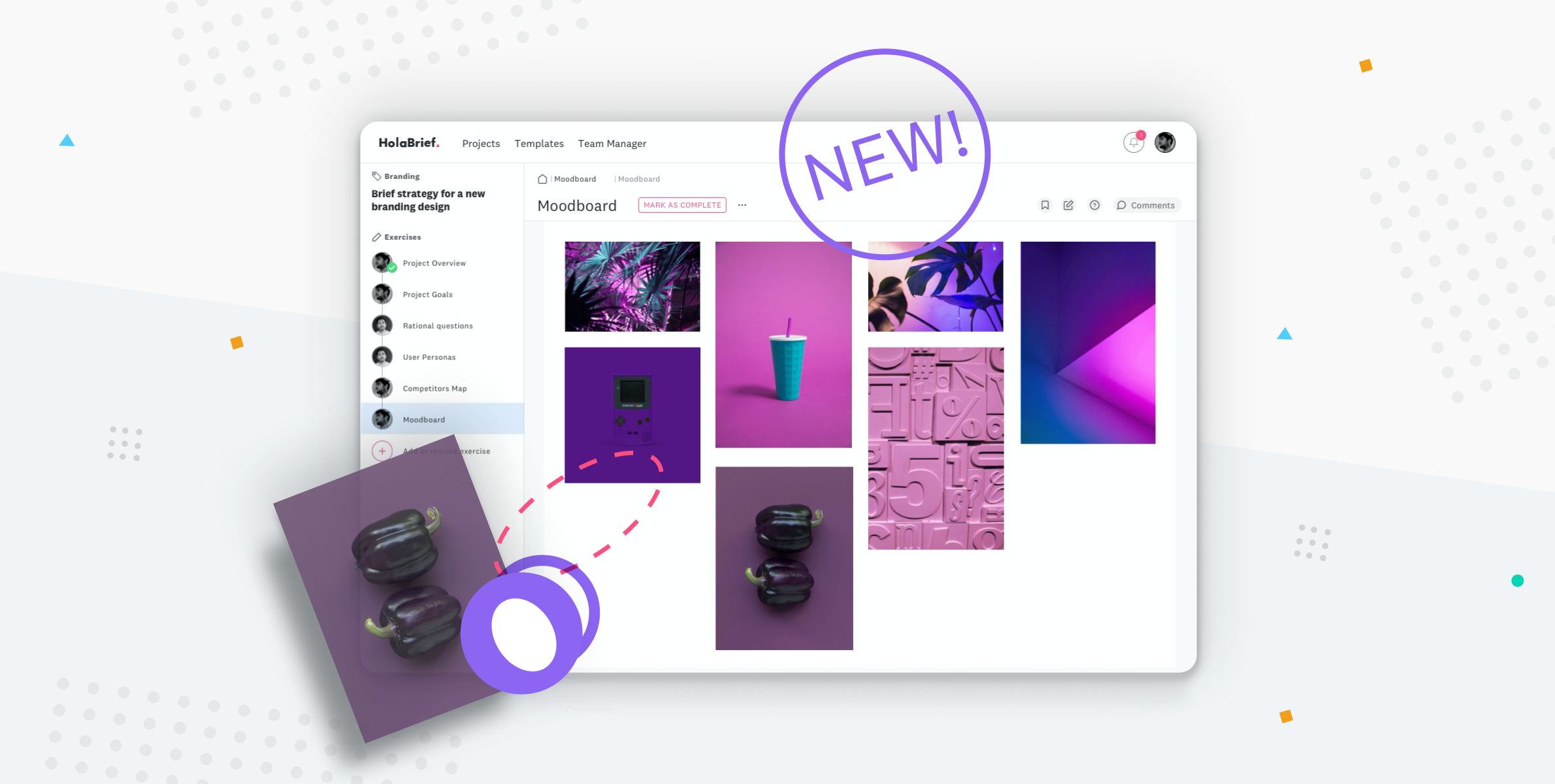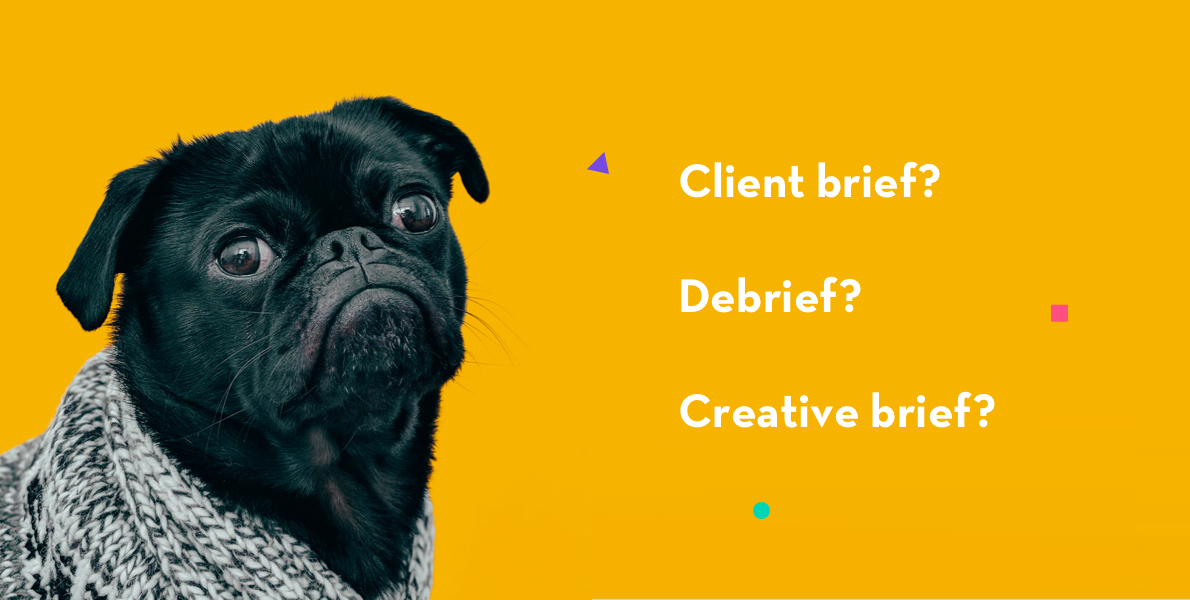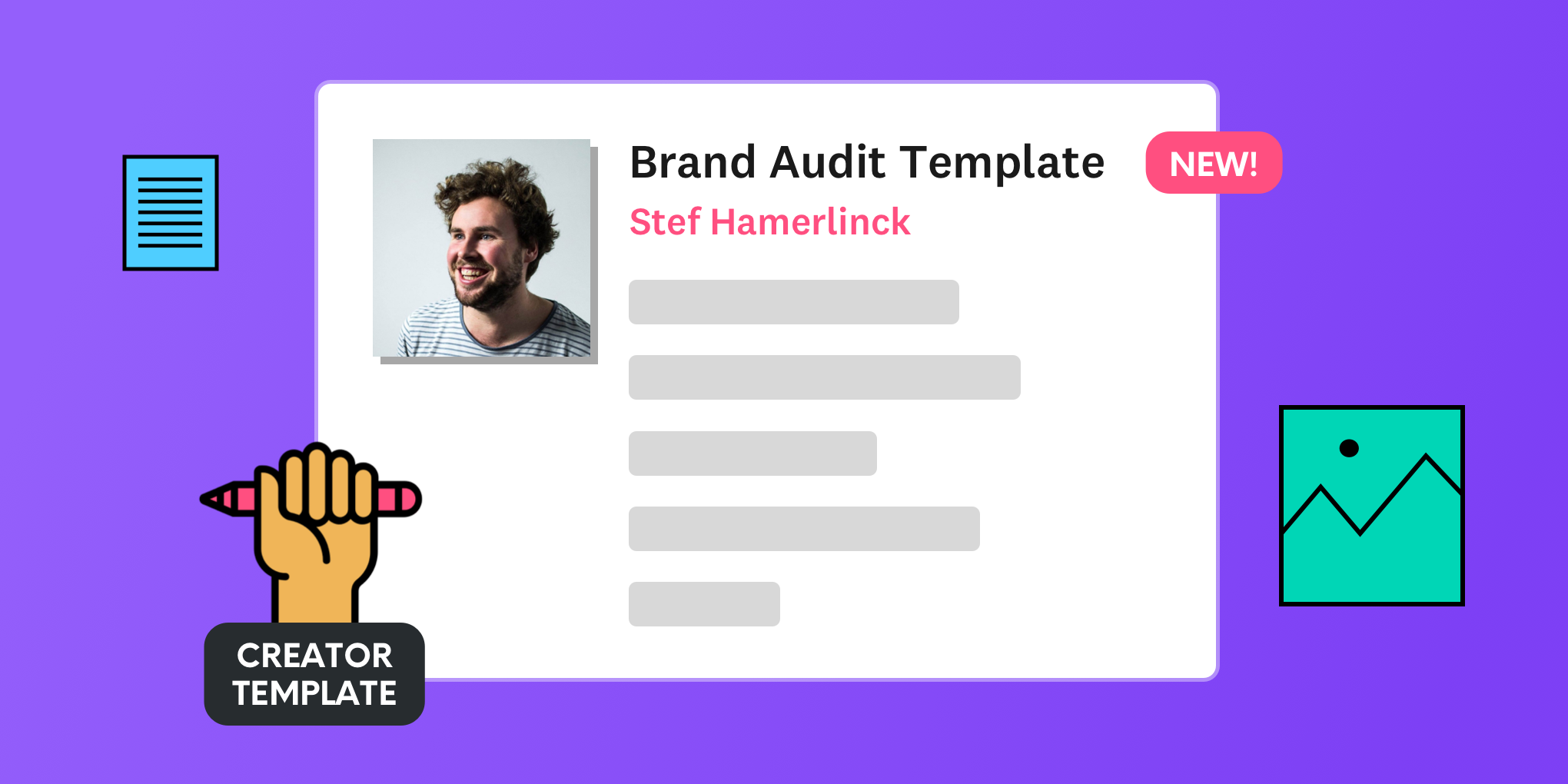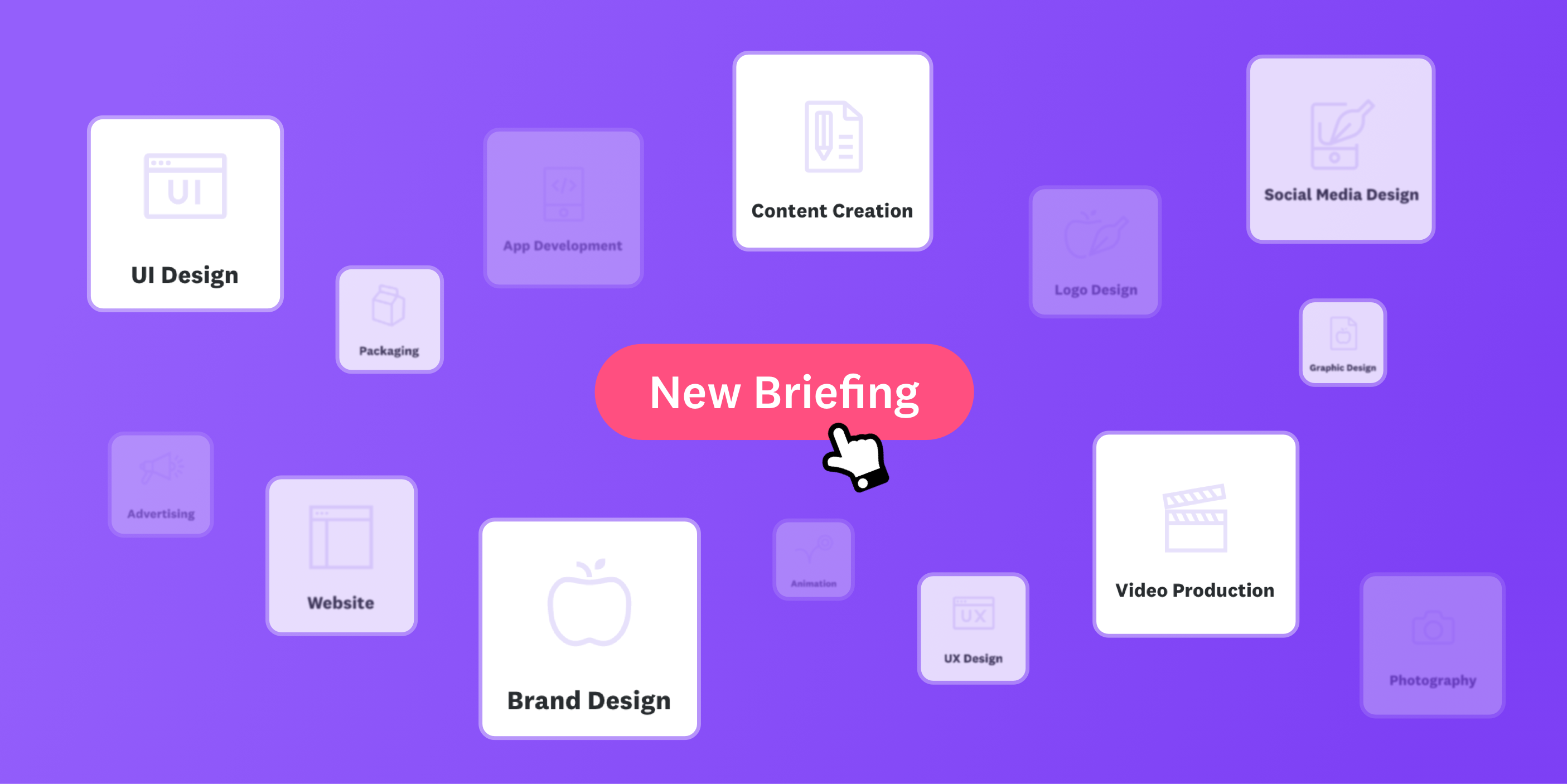Since we are keen on supercharging discovery processes all over the world, our founders Leticia and Fernando spent months interviewing agency owners to get a better understanding of how agencies tick to be able to cater to their needs. The outcome of this extensive user research was mind-blowing and extremely helpful in analyzing how HolaBrief can optimize existing processes, saving time and money.
Although each agency sets up its own processes that work for them, there were three documents that stood out from these conversations, again and again: Client briefs debriefs, and creative briefs.
At HolaBrief we believe one brief, a living document that serves as one source of truth throughout the project lifecycle would be a time and money saver, though, in reality, we discovered this is mostly not the case.
How to move away from this reactionary cycle of briefing – Client brief, Debrief, and Creative brief – in order to set up a more efficient discovery process and client onboarding, saving you time & money? We spill the juice with you. But first, let's dig deeper how each brief is being used in practice:
The Client Brief
Ideally, a client brief is a clear statement of the business problem, your client wants to solve. It includes as much context, product understanding, market dynamics, competitive insight, and customer insight as they collect. On top of that, information like the context of how their company came to exist, its corporate culture, its vision for the future, and so on would be a lifesaver. You see, the perfect client brief is not so brief...
Client briefs are rare though and if they come, they are usually one sentence emails like "Make me a website".
Client briefs are rare, very rare! And if they do come they are usually one-sentence emails like "Make me a website". Though the client is king, they don't always see the real problem they are facing and might be too focused on a superficial solution that doesn't solve the problem at heart. Often lack of invested time makes client briefs too vague and missing out on strategic information.
However, vague client briefs can also be opportunities. When presented with a vague brief like that, take it as an opportunity to sit down with your client and ask questions. Loads of them. Listen intently, surface insights that weren't apparent before meeting you. Whoever asks more questions is in control of the conversation. By asking more questions, you help your client to realize their own challenges and solutions and they feel validated. Here you can demonstrate your value as an agency that does more than just design, as well as find out if you are a good match together.
This brings us to the Debrief:
Debrief, Rebrief, or Discovery
When the client has an idea of how to solve the problem but you don't agree, you can offer a debrief or rebrief or sometimes known as a discovery phase. Every agency has its own processes to go about this. In any case, agencies have so much information and resources at their fingertips to help clients understand and define the challenges ahead.
Starting client partnerships with a thorough discovery helps to reduce risks and build trust. It is also an opportunity for a new client to try out the working relationship with you for a minimum investment. If it has defined deliverables, it would be possible for an unhappy client to go to another supplier at the end of the discovery phase and not be any worse off.
The deliverable of this phase is a document that contains:
- A strategic analysis of the status quo
- A proposal for the strategy
- A sign off by the entire team
A strategic analysis of the status quo
We learned that project managers, strategists, and account managers take the lead during the discovery stage. Sometimes team leads, developers, or designers can join the efforts too.
A discovery phase includes a strategic analysis of the objectives, competitors, brand voice, specific requirements, and budget, ideally a series of in-person meetings, workshops, or discussions with the client. Going through a strategic discovery with the agency enables clients to face challenges from different angles, and therefore should be part of defining the business challenge and framing up the opportunity intended to solve.
A proposal for the strategy
The strategies in the proposal are broad concepts or approaches to achieving the project objectives you defined during discovery. It is a general, undetailed plan of action designed to achieve a major or overall goal, and it may encompass a long period of time in the project.
When you figured out what they want, you'll ultimately give the users what they want. This is how you help your clients grow and succeed.
Sign off by the entire team
Try to get all stakeholders to take part in the discovery, or at least have them approve it. This will ensure that they have no complaints in the end because you have proof that this is what they signed up for.
After a discovery, there might not be much left from the original client brief, but regardless of how much the brief changes it’s essential to spend the time to get it right because if it's not right then it won't yield successful work and this can lead to loads of feedback rounds and ultimately scope creep.
In the end, it’s not about a piece of paper, but rather the in-person conversations during the discovery and the actual in-person briefing that is critical.
Once you both agree on the goals and strategy, it's time to start the creative process? No! It can be tempting to just jump into a project, assuming that your team has the same vision of what shall be done. The problem? Often, that’s not the case. This is where the creative brief comes in...
Creative brief
We discovered during our user research that often the creative brief is a condensed version of the discovery process. Its purpose is to help direct and inspire the creative team quickly and effectively as they start to concept, so it should be laser-focused on providing a powerful insight.
This document functions as the one source of truth, throughout the project's lifecycle for your entire creative team to refer back to every time design trade-offs have to be made.
Let’s get visual
A new feature we’ve added to HolaBrief based on research is a visual moodboard. Creatives, and consumers for that matter, for the most part, are visual thinkers, yet the typical creative brief from a client is words only. Our discovery platform includes strategic analysis with interactive strategic business exercises and questionnaires and also has a moodboard template for visual inspiration to create a visual reference point for the entire design team.

?♂️ Wait, this seems like a lot of steps…
? Yes, you are right!
?♂️ Are they really necessary?
? Yes and No.
Yes, if you invest more time at the start of every creative project to align all stakeholders, including the creative team, managers, and client you save time and money later on.
No, if agencies, managers, and clients set up a discovery process together and collaborate on the right strategy from the start, a client brief is not necessary. When the agency sets up a discovery process in partnership with the client, the creative brief is way more likely to be on point with solving the real problem, and way less likely to lead to wasted creative development time due to misinterpretation of a client briefing document.
Supercharge your discovery process
Are you ready to supercharge your client discovery process? With HolaBrief you streamline briefing, discovery, and strategy in one place, so you can create standout work in less time.
Our tool guides you through the discovery process with interactive strategic exercises to help you dig deeper into your client's needs and get everyone on the same page. Your deliverable will be one single source of truth that replaces the endless email threads and spread-out documents, a central place that aligns all stakeholders and instills better internal collaboration.
Ready to set up your own consistent discovery process, adapted to each client and project with HolaBrief? Try out for free.







